So much of the business at Sterling Cooper Draper Price is done over a glass of whiskey or a dry martini. If you are of legal drinking age and want to imbibe like a Mad Man, you have to learn the PROPER way to mix a martini.
adorable cocktail via and aghast Roger via
The very first thing that you must know is that just because a drink is served in a martini glass does NOT mean it is a martini. Colors, flavors, or syrups of any kinds are absolutely verboten in a real martini. If you were to hand Roger Sterling a martini glass rimmed in rainbow sprinkles, he would have another heart attack. Martinis are made of gin and vermouth. End scene.
For a cocktail that consists of only two ingredients, there is a lot of controversy over how one should be properly mixed. Today I will show you two versions: the classic chilled martini and a martini on the rocks.
bartender Sally via
What is my martini expertise? It is similar to Sally Draper’s, in fact. When I was growing up, my grandfather would have one very dry martini each Sunday afternoon. When I was 9 or 10, my dad taught me how to make Papa’s drink and I would proudly mix and serve it to him each week.
But first, a bit of martini jargon you should know:
Martini Glass – a stemmed cocktail glass recognizable for its V-shape, which serves to keep the drink cool
Rocks Glass (or lowball glass) – a short tumbler glass with straight sides, which serve to keep all the liquid in contact with the ice
Jigger – a double-sided bartending tool used to measure liquor, generally the larger end measures 1 ounce and the smaller end measures 1/2 ounce
Cocktail Pick – a plastic or metal pick (sometimes decorative) used to pierce and serve cocktail garnishes
Rocks – bartending slang for ice cubes
Dry/Wet – bartending slang for the ratio of vermouth to gin in a martini; dry = little vermouth, wet = more vermouth
THE CHILLED MARTINI
Some martinis, like those preferred by Bond himself, call for the gin and vermouth to be added to a cocktail shaker with ice, shaken, and strained into a martini glass. Purists believe that a shaken martini is a poorer version of the drink because the process of shaking the mixture “bruises” the gin. My dad taught me this same idea. From my research, I haven’t found anything that backs up the idea that you can actually bruise gin. To be on the safe side, this chilled martini needs no shaking.
Most martini drinkers prefer their martinis dry, and this version is extremely so. First, begin by pouring a small amount of dry vermouth into a classic martini glass. Swirl the liquid so that it coats the surface of the glass. Pour out the excess booze.
Chill the glass in the refrigerator for 20 minutes or the freezer for 10.
Remove the glass from the fridge and add 2 1/2 ounces of gin into the glass, using the ends of the jigger to measure.
Garnish with olives.
MARTINI ON THE ROCKS
This is the version of the martini that my grandfather drank, and that I drink on the few occasions I order a cocktail. To properly cool a martini on the rocks, it is important to crack the ice before adding the alcohol to the glass.
To do this, either place the cubes in a food storage bag and crack with a rolling pin or place each cube in the palm of your hand and hit it (the ice cube, not your hand) with the back of a spoon.
Fill the glass with cracked ice.
Add 2 1/2 ounces of gin to the glass, using the ends of the jigger to measure.
Add 1/2 ounce of vermouth to the glass, and stir once with a spoon. Garnish with olives on a cocktail pick.
Optional twist: To make the martini “dirty,” add a splash of olive brine to the glass after the drink is mixed. This adds some extra salt to the cocktail. Plus, it sounds super cool to belly up to the bar and say, “I’ll have a dirty martini on the rocks.” Instant cred.
If you are making either of these versions for a crowd, you can prepare a batch of martinis in a martini pitcher and pour them into the chilled glasses or over rocks as your guests desire.



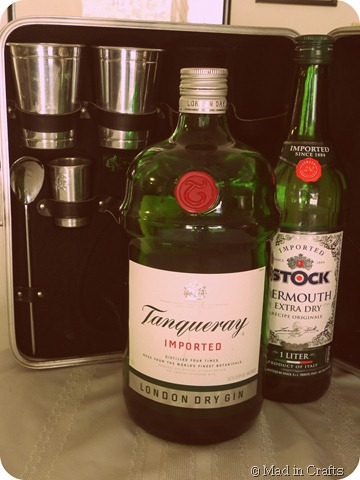

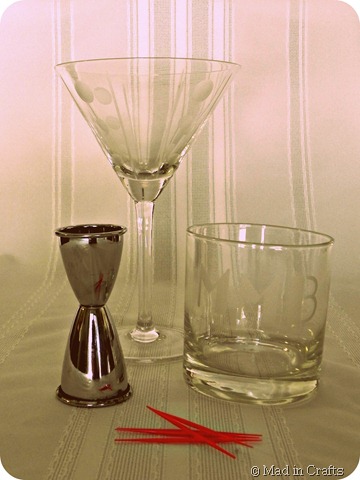

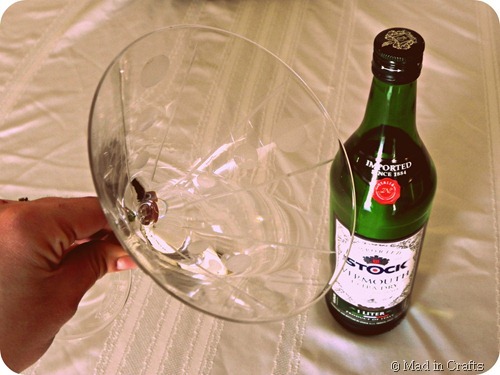
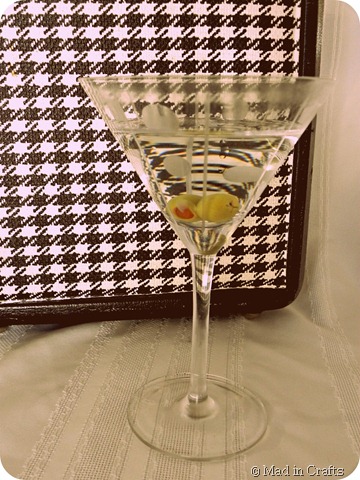
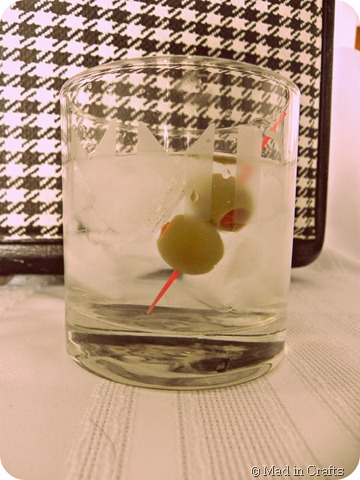
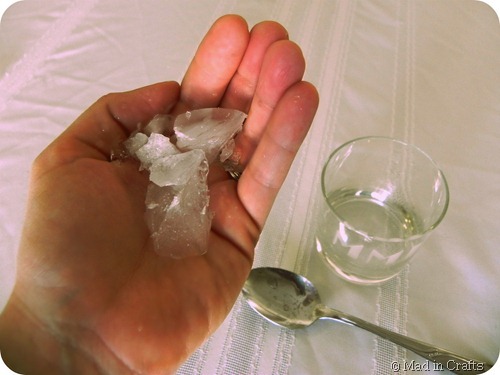
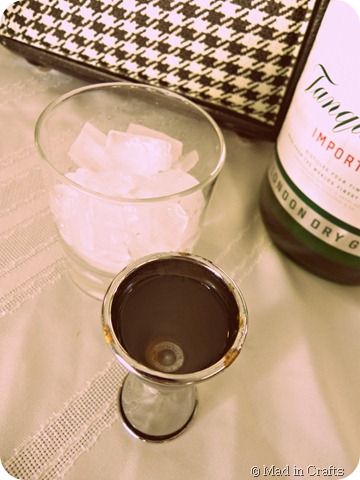

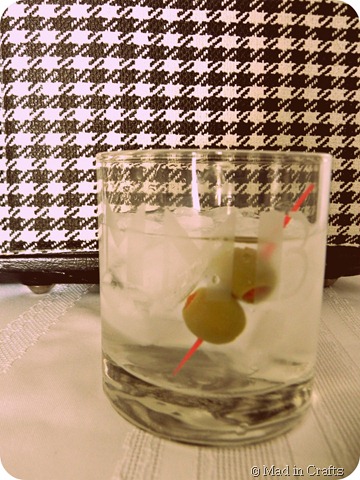
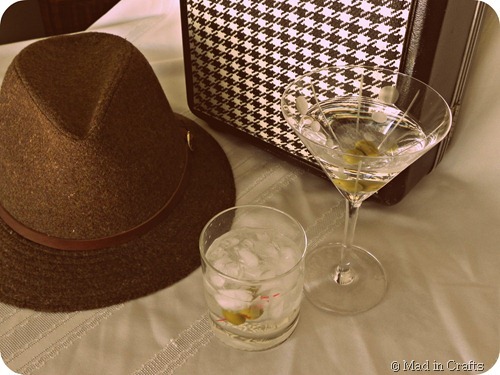








Leave a Reply